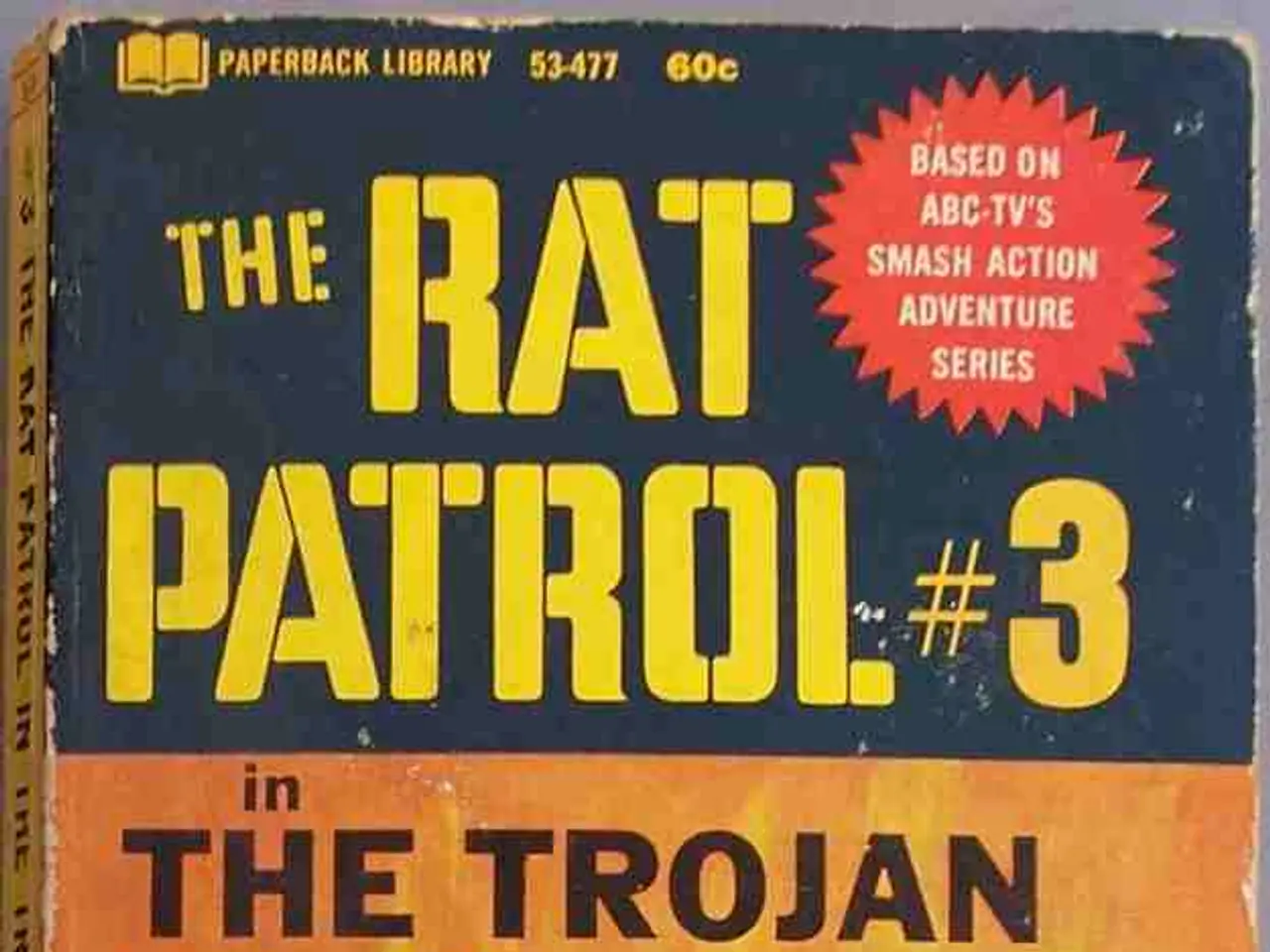Mastering the Lydian Scale for Enhancing Song Composition
The Lydian mode, a captivating musical scale, is known for its distinctive sound that sets it apart from the standard major scale. This scale is characterized by a major scale with an augmented fourth degree, giving it a bright and ethereal quality.
This raised fourth, also called a #4 or #11, is the defining feature that lends the Lydian mode a sense of brightness and openness. It is considered the brightest diatonic mode due to this augmented fourth interval, which creates a unique sonic color that is less stable than the perfect fourth found in the major scale but more uplifting or "dreamy."
The scale degrees relative to the Ionian (major) mode are the same except the 4th degree is sharpened (#4). This subtle alteration affects the melodic and harmonic behavior of the scale, making it stand out within the major family of modes. The raised fourth can be thought of as creating a subtle dissonance or tension that invites resolution, giving compositions an uplifting or floating quality.
The Lydian mode is often used to evoke dreamy, ethereal, or expansive moods in music, sometimes described as "bright," "floating," or "cosmic." It is popular in film scoring, jazz, and progressive rock, as its sound can impart a futuristic or otherworldly atmosphere. Composers may use the raised fourth as a melodic or harmonic tension tone to create interest without resorting to strong dominant-tonic resolutions typical of major scales. Lydian chords often employ maj7(#11) harmony, leveraging the raised fourth as an extension for color.
Using the Lydian mode will help you craft chord progressions and melodies with a distinct sound that is arresting, haunting, and effective. The mode allows for harmonic creativity, such as avoiding the standard perfect fourth harmonic movement and exploring more ambiguous or open-ended chord progressions. Songwriters use Lydian sections to contrast with more grounded major or minor moods, creating a sense of lift or transcendence.
Learning the Lydian mode is as simple as memorizing a short pattern of whole and half-steps that are applicable in all keys on any melodic instrument. The Lydian mode pattern can be applied to any key on a melodic instrument, including the guitar. The pattern begins with three whole tones, then a semitone, followed by two whole tones and finally, ending with a semitone.
The Lydian mode is useful for building chord progressions and shines particularly in constructing vocal and instrumental melodies. Using other modes will give you some very specific and unique results, such as the Locrian mode delivering a jarring dissonance to your songwriting.
While similar to the Ionian mode (major scale), the Lydian mode differs by raising the fourth note in the scale. For example, in the key of F major, the fourth note in the Lydian mode becomes a B natural instead of Bb. There are seven modes in music, each with its own distinct sound and pattern of Tones and Semitones. Learning simple music theory, such as mode note patterns, can expand a songwriter's options and creativity beyond current limitations.
The major and minor scales most of us know and use are referred to as the Ionian and Aeolian modes. Patrick McGuire, a musician, writer, and educator who creates music under the name Straight White Teeth, has a great affinity for dogs and putting his hands in his pockets, is a proponent of exploring different modes to enrich one's musical creations.
In summary, the Lydian mode’s defining augmented fourth creates a bright, distinctive sonic palette, making it a favored choice for compositions aiming to sound uplifting, dreamy, or futuristic, particularly in jazz, film music, and genres that welcome modal experimentation. Bjork's song "Possibly Maybe" and Elliott Smith's "Waltz #1" are examples of popular music that use the Lydian mode.
The Lydian mode, with its unique sound born from the augmented fourth degree, offers a bright and ethereal quality in music distribution, making it a suitable choice for entertainment genres aiming for uplifting, dreamy, or futuristic atmospheres, such as jazz, film scoring, and progressive rock. To craft chord progressions and melodies with a distinct sound, experimenting with the Lydian mode can be a useful approach in music composition.





